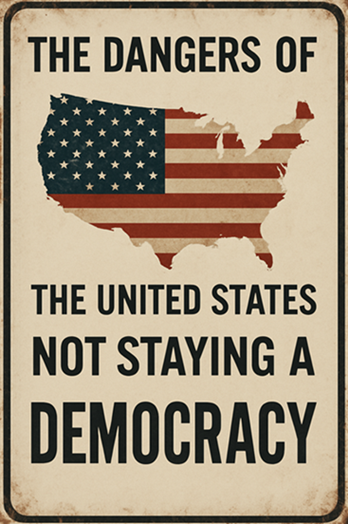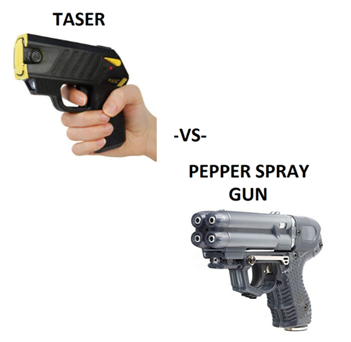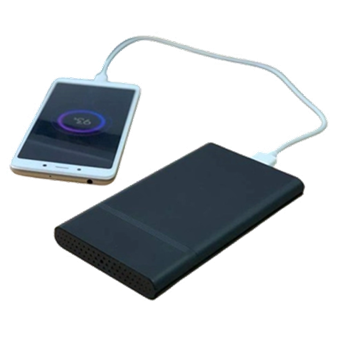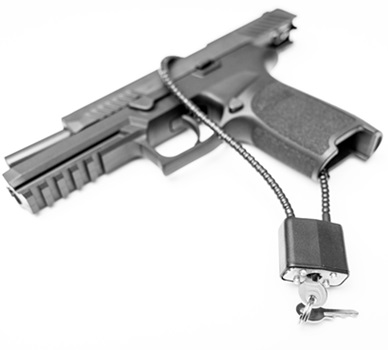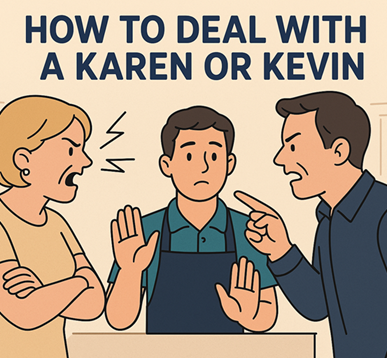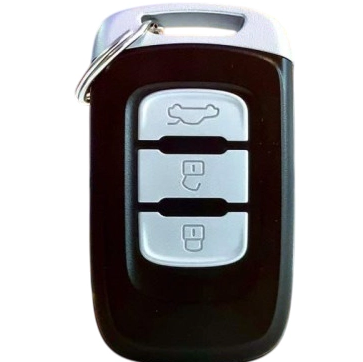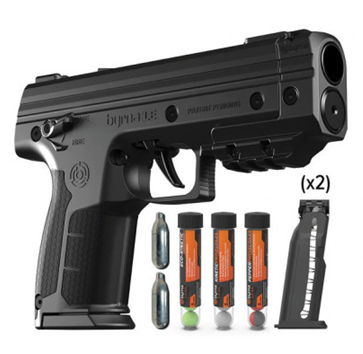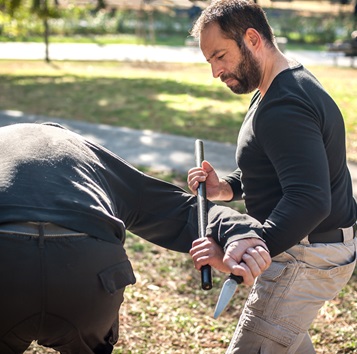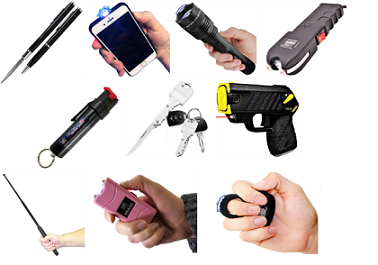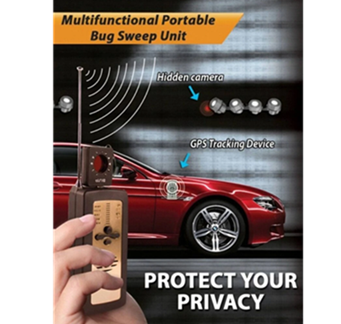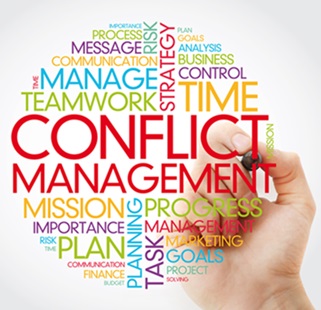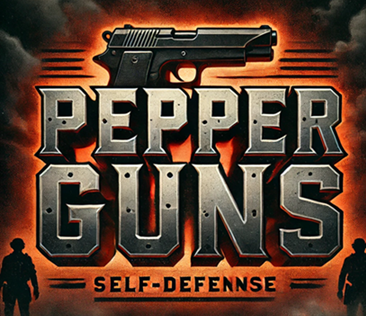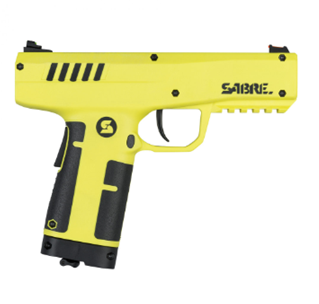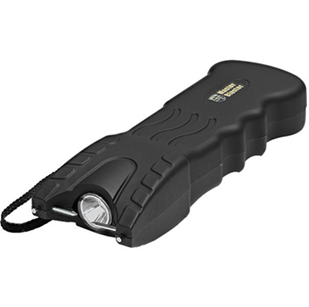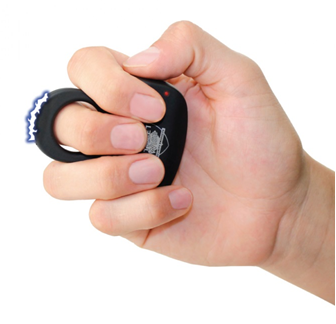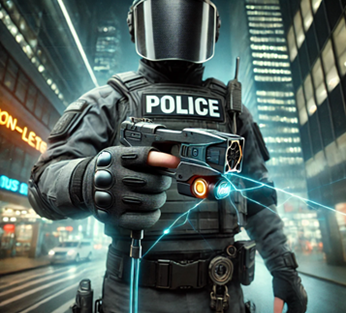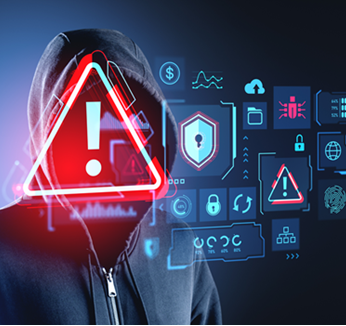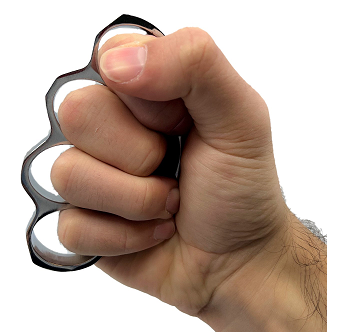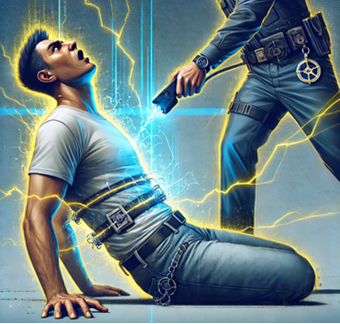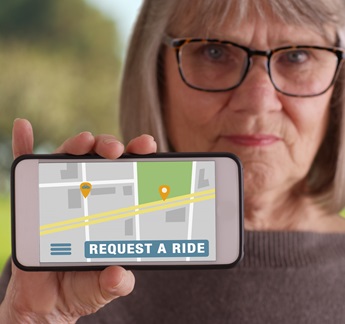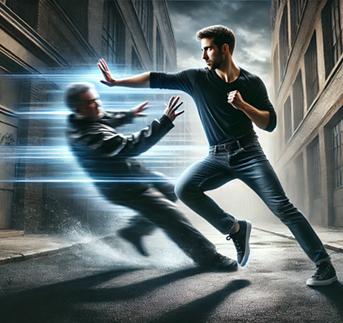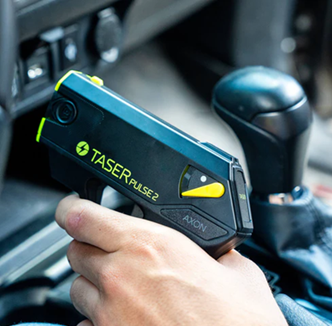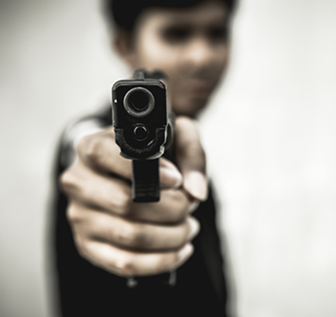How to React If Someone Pulls a Weapon on You
 Encountering someone who has pulled a weapon on you is one of the most terrifying situations you can face. Whether it’s a firearm, knife, or blunt object, your reaction in those critical moments can mean the difference between life and death. Staying calm, assessing the threat, and knowing how to respond strategically are crucial to surviving such an encounter.
Encountering someone who has pulled a weapon on you is one of the most terrifying situations you can face. Whether it’s a firearm, knife, or blunt object, your reaction in those critical moments can mean the difference between life and death. Staying calm, assessing the threat, and knowing how to respond strategically are crucial to surviving such an encounter.
In this comprehensive guide, we will discuss how to react if someone pulls a weapon on you, covering key survival principles, de-escalation techniques, self-defense tactics, and legal considerations.
1. Stay Calm and Assess the Situation
The natural reaction to someone pulling a weapon on you is fear, but panic can cloud your judgment. The first step is to take a deep breath and assess the situation rationally. Consider the following:
-
What kind of weapon are they holding? (Gun, knife, bat, etc.)
-
What is their intent? (Robbery, intimidation, random attack, personal vendetta?)
-
Are they close enough to reach you physically?
-
Do they seem rational or erratic? (Drunk, on drugs, or agitated?)
-
Are there bystanders who could intervene or call for help?
2. Comply If Your Life Is in Immediate Danger
If the assailant demands your wallet, phone, or valuables, your best course of action may be to comply. No material possession is worth your life.
-
Move slowly and deliberately. Sudden movements can escalate the situation.
-
Avoid eye contact but remain aware. Too much eye contact may be seen as defiance, but you still need to stay alert.
-
Use your voice calmly. Say things like, “Okay, I’m reaching for my wallet.” This reassures the attacker that you are complying and prevents misunderstandings.
-
Create an opportunity to escape. If they grab what they want and start backing away, do not chase them or engage. Get to safety and call the authorities.
3. Look for an Opportunity to Escape
Survival is the top priority. If the attacker is distracted or their focus wavers, take that opportunity to create distance and escape.
-
Move towards a crowded or well-lit area. If you are in a parking lot, try to move towards a store or a group of people.
-
Use obstacles to slow them down. If you can, put a car, fence, or another large object between you and the attacker.
-
Run in a zigzag pattern if they have a firearm. This makes it harder for them to aim and hit you.
4. Use De-escalation Techniques
If escape is not immediately possible, de-escalation might be your best option. Your goal is to make the attacker feel like using their weapon is unnecessary.
-
Adopt a submissive posture. Hands up in a non-threatening manner, palms visible.
-
Use calm, non-confrontational language. Example: “I don’t want any trouble. I’ll do whatever you say.”
-
Do not challenge them or make sudden movements. Aggression can provoke them to act impulsively.
5. Defend Yourself If Absolutely Necessary
If escape is impossible and the attacker shows clear intent to harm you, self-defense may be your only option.
-
If they have a gun:
-
Do not try to grab the gun unless they are very close, and you have trained in firearm disarmament.
-
Redirect the barrel away from your body before attempting to disarm.
-
If unarmed, throw objects at their face and move unpredictably to make aiming difficult.
-
-
If they have a knife:
-
Keep as much distance as possible. A knife attacker is most dangerous within arm’s reach.
-
If you have a self-defense tool like pepper spray, use it.
-
If forced to fight, target their hands, arms, or legs to disable them.
-
-
If they have a blunt object:
-
Block with anything you have (bag, jacket, chair, etc.).
-
Stay out of swinging range and look for an opening to escape.
-
6. Utilize Self-Defense Tools Wisely
Carrying a self-defense tool can increase your chances of survival, but it’s essential to train with it properly.
-
Stun guns and tasers: Effective against close-range attacks but require direct contact.
-
Pepper spray: Useful against knife-wielding attackers but requires good aim.
-
Tactical flashlights: Can disorient an attacker in low-light conditions.
-
Personal alarms: Can attract attention and potentially scare off the attacker.
7. Aftermath: Report the Incident
Once you are safe, immediately report the incident to law enforcement. Provide as much detail as possible:
-
Physical description of the attacker (height, clothing, scars, tattoos, etc.).
-
Type of weapon used.
-
Direction they fled.
-
Any accomplices or vehicles involved.
-
If there were any witnesses.
8. Legal Considerations
If you had to defend yourself physically, be aware of the legal implications:
-
Use of force laws vary by state. Ensure you understand your rights regarding self-defense.
-
Claiming self-defense requires justification. You must prove that your life was in immediate danger.
-
Avoid discussing details on social media. Anything you say publicly could be used against you.
Conclusion
Surviving a situation where someone pulls a weapon on you requires a combination of awareness, strategic thinking, and, in some cases, self-defense. The most important thing is to prioritize your safety by avoiding unnecessary confrontation, de-escalating when possible, escaping if you can, and defending yourself only when absolutely necessary.
Preparation is key—understanding these principles and practicing self-defense skills can make a critical difference in a life-threatening encounter. Stay aware, stay prepared, and stay safe.
Company Info
Customer Service
Product Information
- TASER® and Stun Devices Regulations by State
- TASER® Safe Escape Product Replacement Guarantee
- TASER® Comparison Chart
- TASER® User Manuals
- TASER® Warranty Info
- Byrna Product Catalog
- PepperBall Manuals & Spec Sheets
- Pepper Spray Laws
- Air Gun Laws
- States that Restrict Automatic and Butterfly Knives
- Our Print Catalog
























